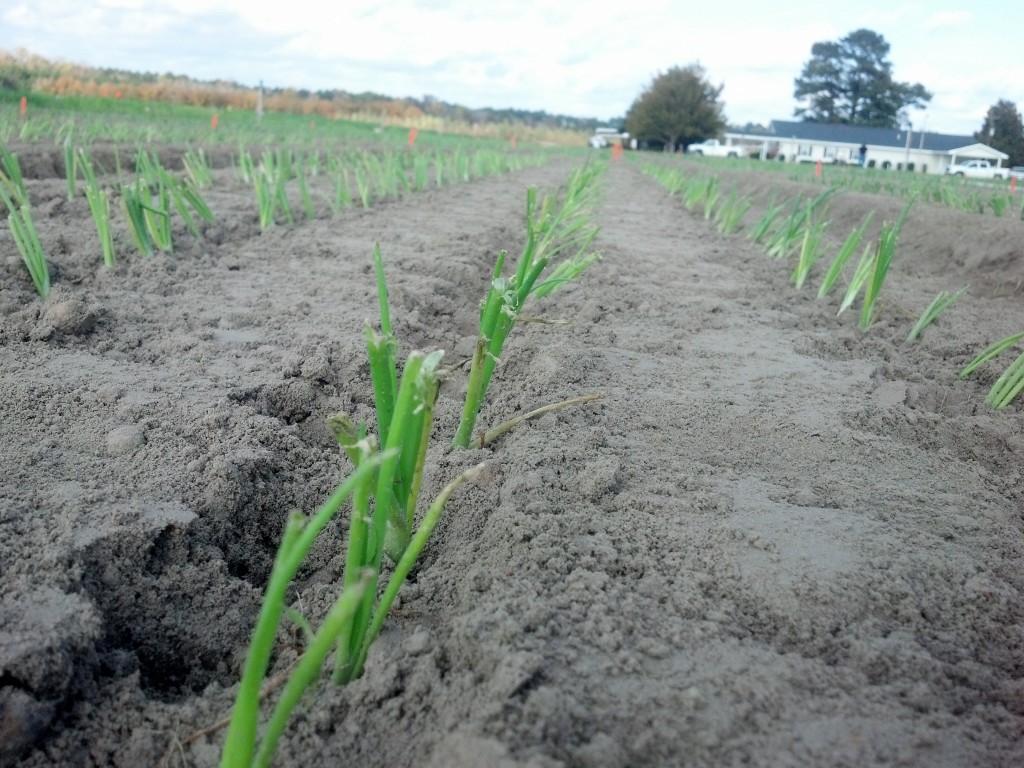Planting Leyland Cypress as a Screen or Privacy Border
Chris Tyson, Tattnall Extension

The fall and winter months are a great time to plant trees and shrubs in the yard. One tree that is often planted as a border, screen, or to create privacy in a landscape is Leyland Cypress. They grow fast and will make a great border for a while, but we can run into issues when we do this. Here are a few things to keep in mind when planting Leyland Cypress.
- These trees will not live forever. 15-20 years is an average life expectancy of these trees in the landscape in the South. This could be even shorter if they are too crowded or planted in wet areas. Consider yourself lucky if you have some older than this.
- Plant them at least 12 to 15 feet apart. Planting them closer will create a border or screen faster, but you will have to cut out at least every other tree within a few years to prevent major problems. They need to be planted at least 15 feet away from structures as well. If they begin to grow into one another or something else, they don’t get the air circulation they need in the canopy. This invites disease in and can lead to early death.
- Leyland Cypress does not like to have “wet feet”. Don’t plant them in areas where the soil is prone to be saturated, boggy, or just stays wet. They need to be planted in well-drained soil.
- Plant them in full sun. Shade reduces vigor and makes them more prone to disease.
If you take the proper measures when planting Leyland Cypress, they can be nice additions to your landscape. However, they are not the only trees that can be used for the purpose of a border or screen. Hollies can serve this purpose well, too. Some cultivars that get big include “Nellie R. Stevens”, “Mary Nell”, and “Emily Bruner”. Some other plants that can be used include Wax Myrtles or Thuja. For shaded areas, Tea Olive or lusterleaf holly can work well.
